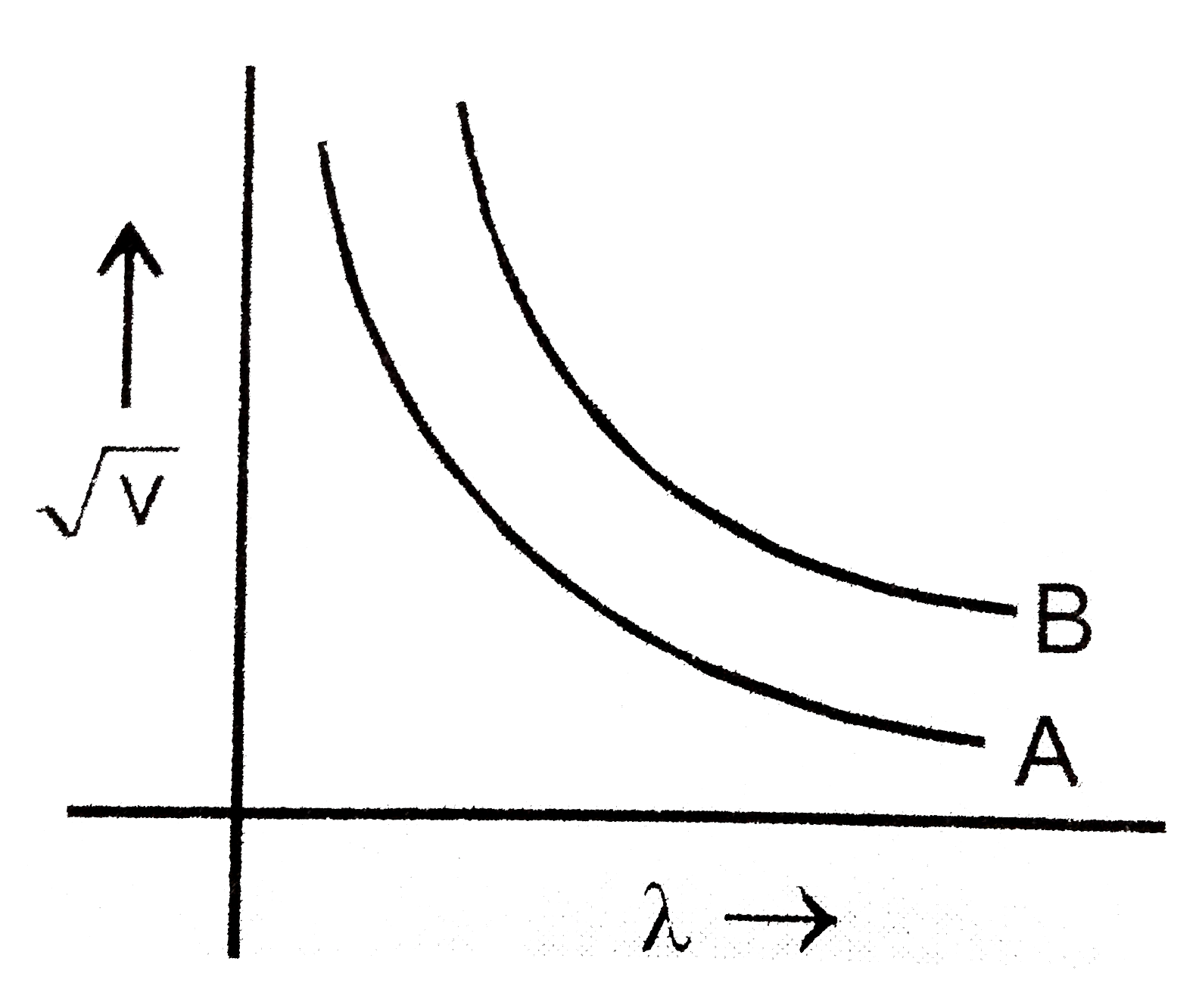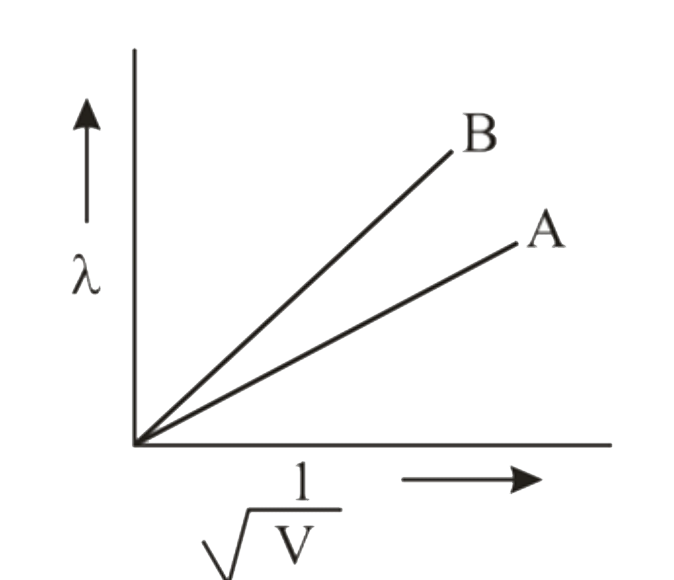Which of the following relations is correct?
Mechanical advantage = Effort/Load
Load arm × Effort = Effort arm × Load
Load arm × Load = Effort arm × Effort
None of these
The correct Answer is:c
To determine which of the given relations is correct, we need to analyze the concepts of mechanical advantage and the relationships between load, effort, load arm, and effort arm in a system of particles.
1. Understanding the System:
- We are dealing with a lever system where there are two masses: a load (the weight being lifted) and an effort (the force applied to lift the load).
- The lever has two arms: the load arm (distance from the fulcrum to the load) and the effort arm (distance from the fulcrum to the point where the effort is applied).
2. Mechanical Advantage (MA):
- The mechanical advantage of a lever is defined as the ratio of the load to the effort.
- Mathematically, it is expressed as:
Mechanical Advantage (MA)=LoadEffort
3. Lever Principle:
- According to the principle of moments (or the law of the lever), for a lever in equilibrium, the moments about the fulcrum must be equal. This can be expressed as:
Load×Load Arm=Effort×Effort Arm
4. Analyzing the Given Relations:
- We need to evaluate the given options based on the principles outlined above.
- If any of the options contradict the principle of moments or the definition of mechanical advantage, they are incorrect.
5. Identifying the Correct Relation:
- From our analysis, the correct relation that holds true for a lever in equilibrium is:
Load×Load Arm=Effort×Effort Arm
- This means that if the relation given in the options matches this equation, it is correct.
6. Conclusion:
- After evaluating all the options, we find that option C is the correct relation. Options A, B, and D do not satisfy the conditions of equilibrium or the definition of mechanical advantage.
Final Answer:
The correct answer is Option C.
- We are dealing with a lever system where there are two masses: a load (the weight being lifted) and an effort (the force applied to lift the load).
- The lever has two arms: the load arm (distance from the fulcrum to the load) and the effort arm (distance from the fulcrum to the point where the effort is applied).
- The mechanical advantage of a lever is defined as the ratio of the load to the effort.
- Mathematically, it is expressed as:
Mechanical Advantage (MA)=LoadEffort
- According to the principle of moments (or the law of the lever), for a lever in equilibrium, the moments about the fulcrum must be equal. This can be expressed as:
Load×Load Arm=Effort×Effort Arm
- We need to evaluate the given options based on the principles outlined above.
- If any of the options contradict the principle of moments or the definition of mechanical advantage, they are incorrect.
- From our analysis, the correct relation that holds true for a lever in equilibrium is:
Load×Load Arm=Effort×Effort Arm
- This means that if the relation given in the options matches this equation, it is correct.
- After evaluating all the options, we find that option C is the correct relation. Options A, B, and D do not satisfy the conditions of equilibrium or the definition of mechanical advantage.
The correct answer is Option C.
Topper's Solved these Questions
- SYSTEM OF PARTICLES AND ROTATIONAL MOTIONSBook:NCERT FINGERTPS ENGLISHChapter:SYSTEM OF PARTICLES AND ROTATIONAL MOTIONSExercise:MOMENT OF INERTIA
Explore 7 Videos
- SYSTEM OF PARTICLES AND ROTATIONAL MOTIONSBook:NCERT FINGERTPS ENGLISHChapter:SYSTEM OF PARTICLES AND ROTATIONAL MOTIONSExercise:THEOREMS OF PERPENDICULAR AND PARALLEL AXES
Explore 5 Videos
- SYSTEM OF PARTICLES AND ROTATIONAL MOTIONSBook:NCERT FINGERTPS ENGLISHChapter:SYSTEM OF PARTICLES AND ROTATIONAL MOTIONSExercise:TORQUE AND ANGULAR MOMENTUM
Explore 11 Videos
- PRACTICE PAPERSBook:NCERT FINGERTPS ENGLISHChapter:PRACTICE PAPERSExercise:All Questions
Explore 150 Videos
- THERMAL PROPERTIES OF MATTERBook:NCERT FINGERTPS ENGLISHChapter:THERMAL PROPERTIES OF MATTERExercise:Assertion And Reason
Explore 10 Videos
Similar Questions
Knowledge Check
Which of the following relation is correct?
AB=Bv×BHBB=Bv/BHCB=Bv+BHDB=√B2v+B2H
Which of the following relation is correct for kf and kb in an equibilirium process that contains equal moles of rectants and products.
View SolutionWhich of the following relation is correct with respect to first (I) and second (II) ionization enthalpies of potassium and calcium?
View SolutionWhich of the following relation is correct with respect first (I) and second (II) ionisation potential of sodium and magnesium?
View SolutionWhich of the following relation is correct for the calculation of workdone in expansion of an ideal gas by a reversible and adiabatic process.
View SolutionFor two particles A and B, curves are plotted √V against de-Broglie wavelengths, where V is the potential on the particles. Which of the following relation is correct about the mass of particles?

View Solutionde Broglie wavelengths of two particles A and B are plotted against (1√V) , where V is the potential on the particles. Which of the following relation is correct about the mass of the particles ?

View SolutionThe enthalpies of neutralization to two weak acids HA and HB
with NaOH are −10.1 and −11.8 Kcal/g. eq respectively.
Which of the following relation is correct regarding acidic
strengths of HA and HB :−
View Solution